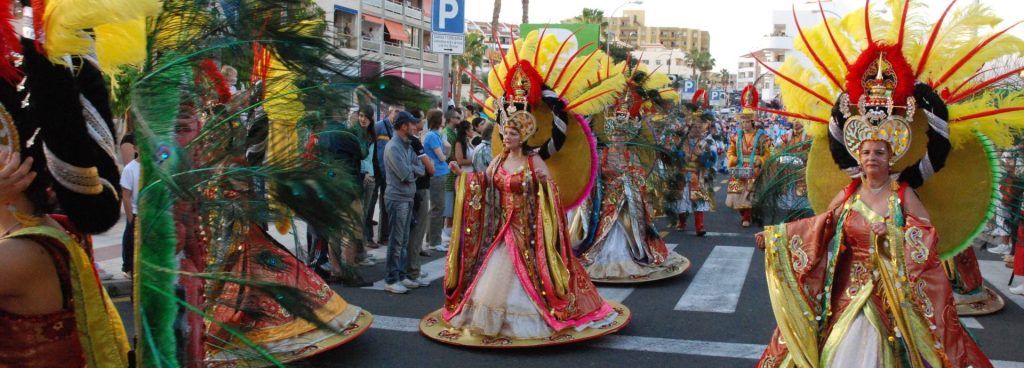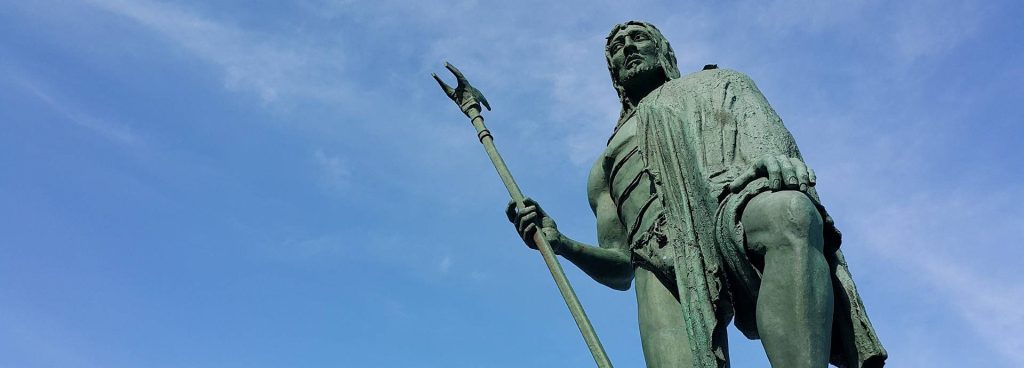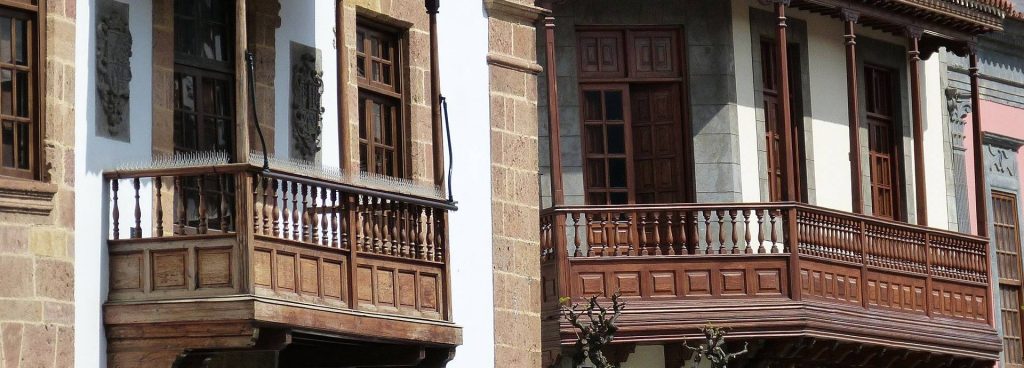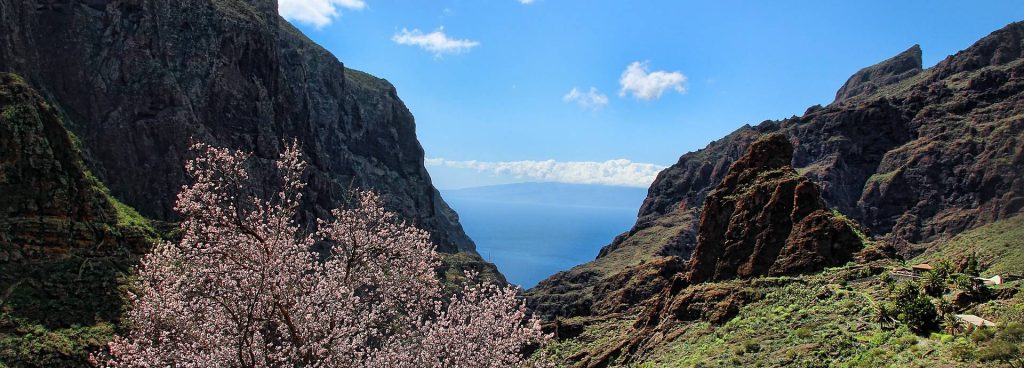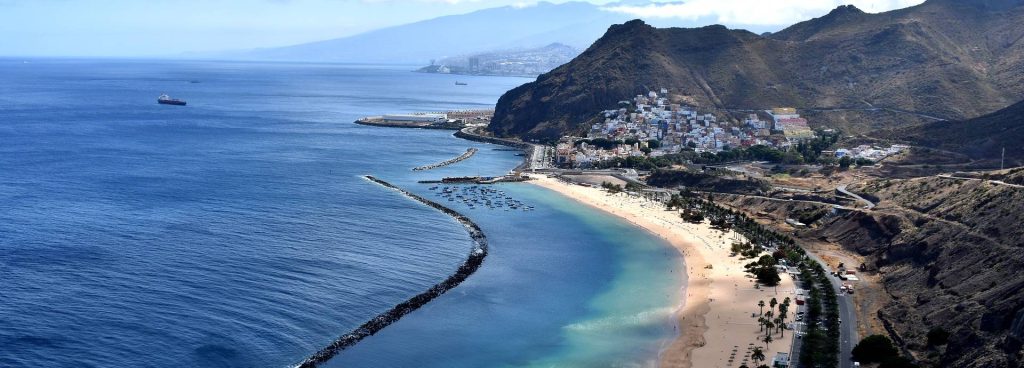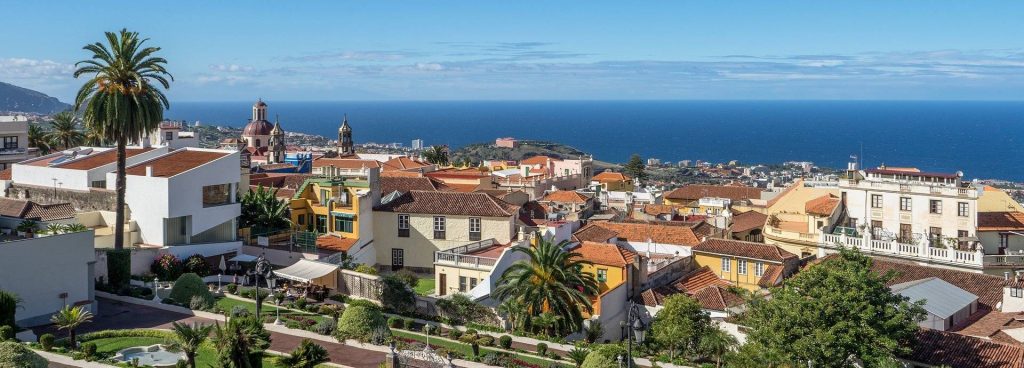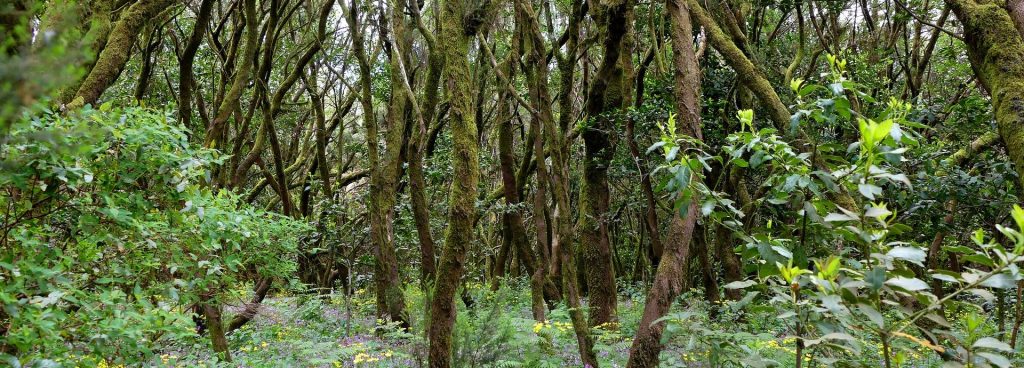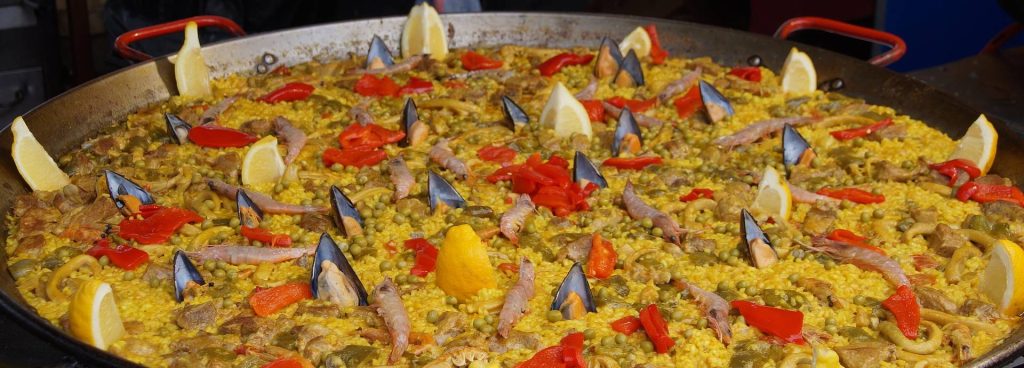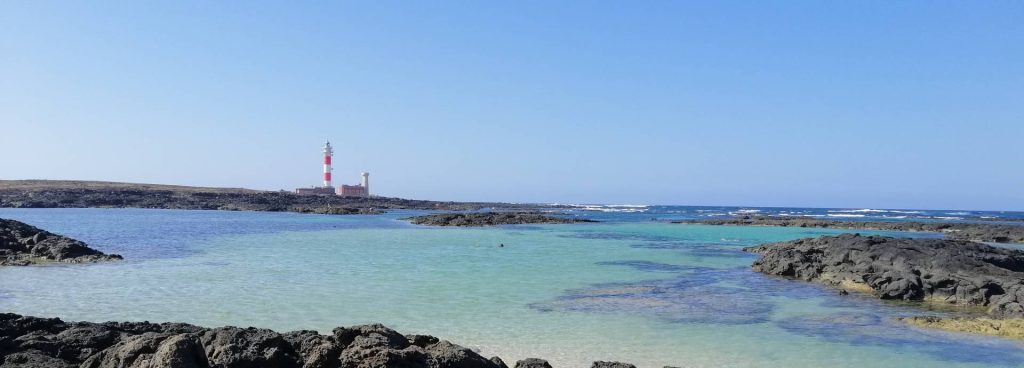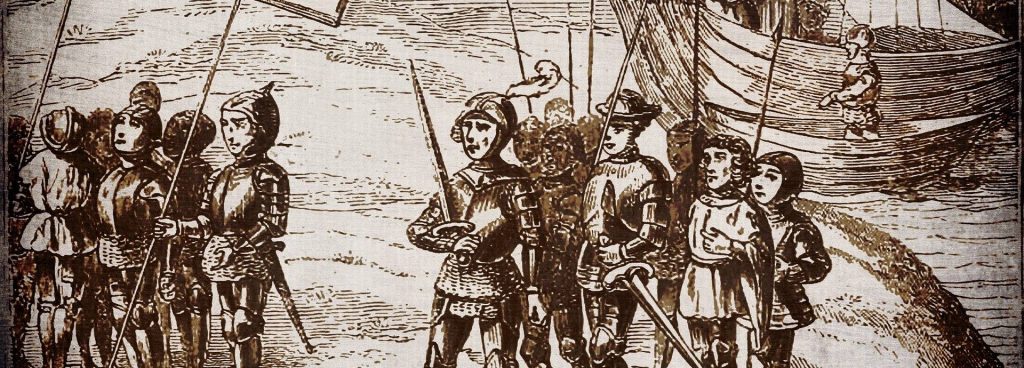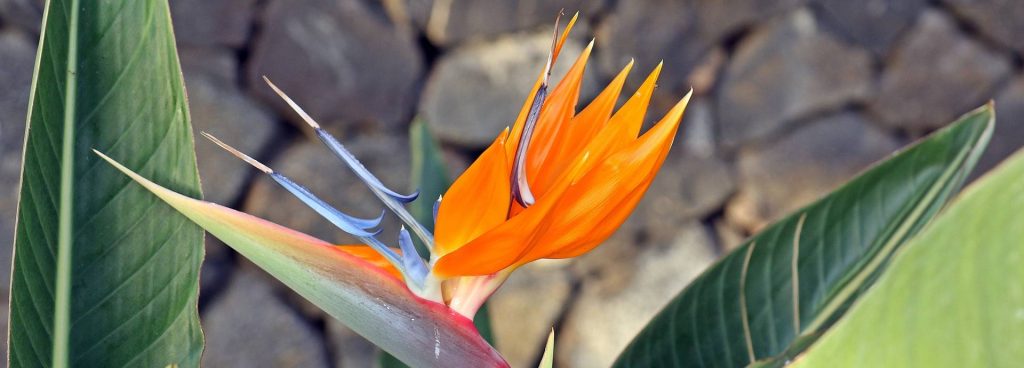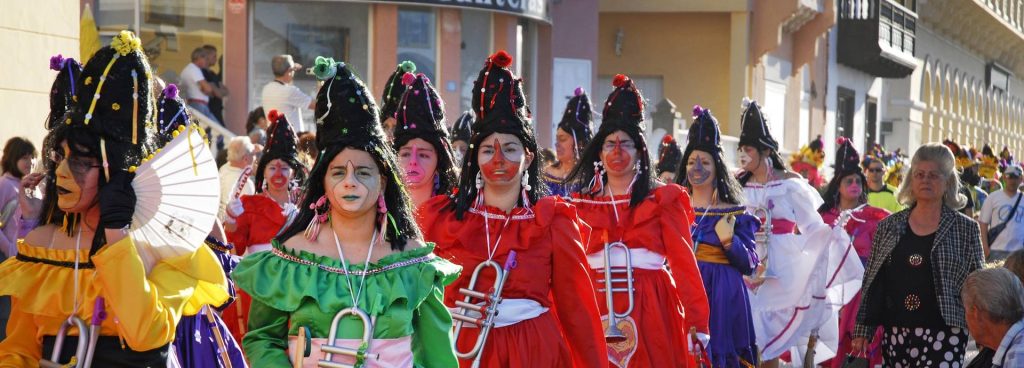Behind the pillars of Hercules
Without being part of the story, the Canary Islands have always had their place in the world of legends. They were considered the countries behind the Pillars of Hercules, as the Strait of Gibraltar was called in ancient times. Many classical poets have relocated paradise here, the Elysian fields or the garden of the Hesperides.
We owe the first credible testimony, however, to Pliny, who in the 1st century AD. mentions an expedition to the islands sent by the Mauritanian king Juba II. According to tradition, the participants of the expedition brought home a couple of huge dogs, which later gave the islands their name: Canaries, derived from the Latin word for dog can or canes. Even today there are some splendid specimens of this strong, original Canarian breed with a wild and impressive appearance. These bardinos are mainly used as herding dogs.
Until the conquest of the island by the Europeans, which lasted over the entire 15th century, the island was inhabited by a people who probably had North African roots. It persisted in the Stone Age, albeit with signs of a slightly higher level of culture in terms of religion and craft. The Guanches, the calm and temperate natives and forerunners of the Spaniards in Tenerife, dressed in skins in a relatively coarse manner. Everything indicates that they did not master shipping. Despite their relative backwardness, they buried their dead carefully. In special cases they even mummified them with very effective techniques and had a special sense of grave decorations. They worked clay without knowing a turntable. Their lances, called añepas, ended in sharp points made of raw volcanic rock.
Many ancient writers, as well as some modern authors, believe that the Canary Islands are the last visible remnants of a submerged continent: Atlantis. Accordingly, the Guanches are the last descendants of the Atlantids. The sons and grandsons of the mountain dwellers of this fabulous world should have started a new life very soon after the catastrophe, now they have become island dwellers. The inability of these peoples to navigate and inter-island communication, although scarcely distant from one another, as well as the extraordinary height of some of the Guanches, did not make this unscientific hypothesis more credible, but attractive nonetheless.
When the Spanish conquerors reached Tenerife, the island was divided into nine small kingdoms, each ruled by a monarch assisted by a council of elders. The conquest of the archipelago had in 1402 with incursions in the name of Henry III. started in Lanzarote, Fuerteventura and El Hierro. Tenerife was the last island to be conquered, as the indigenous peoples fiercely resisted here until they were defeated in 1496.
historical overview
Approx. 3000 BC: The Canary Islands are settled from North Africa, and the Guanche Kingdom emerges.
From 1000 BC: The myth of antiquity: The Canaries are believed to be the sunken Atlantis (Plato), the "Elysian realms" (Homer), the "Gardens of the Hesperides" (Herodotus) or the "Happy Islands" (Virgil).
Until 1000: Roman and Arab sailors visit the "islands at the end of the world" without settling down.
1344: The Spaniard Luis de la Cerda is from Pope Clement VI. appointed King of the Canary Islands. The title is irrelevant as the islands do not seem to have any riches.
1402-1405: The Norman Jean de Bethencourt conquered Lanzarote, Fuerteventura, El Hierro and La Gomera for the Spanish crown, with the indigenous people fierce resistance.
1496: Tenerife is declared a colony of Spain.
1500-1700: Spaniards, especially Andalusians, and Portuguese colonized the islands and began growing wine and sugar cane. The indigenous people, the Guanches, are Christianized.
1657: Defeat Admiral Blake's fleet.
1704, 1705, 1706: Tenerife suffers from serious volcanic eruptions.
1706: Victory over the ships of the English Admiral Gennings during the War of the Spanish Succession.
1797: The English admiral Horatio Nelson is defeated in an attempt to conquer Santa Cruz and loses his right arm.
19th century: Poverty and crises force many Canaries to leave the island. Most of the emigrants settle in Central and South America.
1817: The first and, until 1981, only university in the archipelago is founded in La Laguna.
1822: Santa Cruz becomes the capital.
1852: Declared a free trade zone by the Spanish government, the remote Spanish islands are experiencing an economic boom, from which the port cities of Santa Cruz de Tenerife and Las Palmas de Gran Canaria in particular benefit.
1912: The Canaries are given the right to self-govern.
1927: The two provinces of Santa Cruz de Tenerife (west) and Las Palmas de Gran Canaria (east) are created.
1936: General Francisco Franco, posted to Tenerife, begins the Spanish Civil War (1936-1939) from Morocco. He ruled Spain dictatorially until his death in 1975.
Around 1950: Timid beginning of tourism. In 1957, charter flights began. The closure of the Suez Canal by Egyptian President Gamal Abdel Nasser revitalized the shipping routes along the African coast and thus the ports of Santa Cruz and Las Palmas.
1975: After the death of Franco and the end of the dictatorship, the Canaries want more independence from Madrid.
1982: After the autonomy laws were published, the islands became an autonomous region of Spain.
1985: The Canary Islands have a special status within the European Community.
1986: Spain joins the EC. Tenerife remains a special economic zone with a special status in the common market and is not a member of the customs union to this day.

